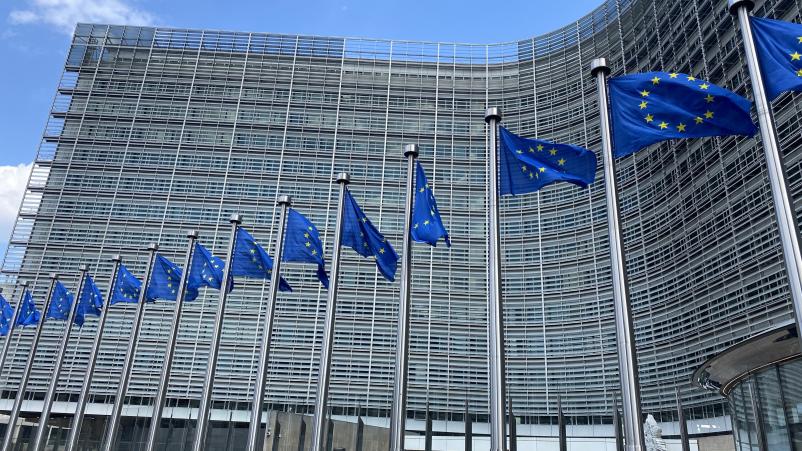Breadcrumb
As the dust settles on the EU election, investors consider shifting priorities in Europe
Harvey Chandler, GIIA's Head of Policy & Public Affairs, examines how EU elections impact infrastructure investments, opportunities in energy and digital infrastructure and the need for streamlined processes and regulatory clarity to attract investors

The outcome of the EU parliamentary elections in early June took few by surprise, with the expected shift to the right falling somewhere between the two extremes of what might happen. The result is a weakened informal coalition led by the emboldened European People’s Party (EPP) who increased their share of seats, supported by the Socialists and Democrats (S&D) and the depleted Renew Group who are now the fourth, rather than the third largest group in the parliament behind the euro-sceptic European Conservatives and Reformists (ECR).
The bigger surprise was the now fully in motion snap election called by President Macron in France, as well as German Chancellor Olaf Scholz’s governing party’s poor performance, coming third behind the CDU/CSU and Alternative for Deutschland (AfD).
Both realities have implications for the direction of Europe, and the approach investors take as they consider existing and future investments in infrastructure.
Political uncertainty and instability continues to be one of the main barriers facing investors as demonstrated by our recent Pulse Survey, a tracker of investor sentiment. With the fate of the Commission, as the core driver of legislation at the EU level unclear, questions will be raised about the Commission’s programme of activity over the next term. A small majority in the parliament is expected to place increased power in the hands of MEPs over legislation, whether that’s in the coalition of the EPP, S&D and Renew – or in the case where abstention or rebellions are likely – in the hands of groups such as the Greens or European Conservatives and Reformists. This is likely to make the political environment more unstable, with consensus-building becoming an increasingly difficult task – especially given the expected shift in policy focus, as the EU seeks to solve contentious challenges linked to migration and industrial policy and competitiveness over the next term.
The challenge is compounded by Germany and France’s domestic political struggles, which understandably require additional attention at the likely expense of both country’s leadership at the EU level. France’s situation in particular is being closely watched, given the potential of a change in domestic policy and direction.
On a more positive note, at the EU level the core legislative programme linked to the energy transition and decarbonisation of Europe’s transport systems is largely complete, with implementation at the member state level a remaining hurdle to embedding policy and regulatory confidence in related sector-linked investments.
There has been good progress toward improving policy and regulatory clarity in areas linked to telecoms and digital infrastructure, and we hope it will continue. The outcome of the EU’s recent white paper will be a key tool to understanding likely policy direction in areas of high interest such as fibre and data centre investment.
As the EU tackles these and many other issues – such as its approach to much-needed foreign investment, the development of the taxonomy, and the setting of climate targets for 2040 – it’s important that investors can have confidence in the Commission’s agenda over the current mandate. It’s therefore imperative that whatever the outcome of the negotiations to come over the summer, as the Commission forms and EU institutions work out how they can work together, that we get as close to business-as-usual as possible, as soon as possible.
For investors, the EU still has many areas where its leadership is needed. The global competition for capital is truly under way, with a need for a European Union that can provide a competitive offer to investors. This means streamlining planning and permitting processes, harmonising regulatory systems, providing supportive funding frameworks and financing options that best leverage the support of private capital and delivery of derisking tools and instruments that ensure investments can move ahead at pace.
We await the outcome of negotiations across EU institutions and remain ready to keep engaging to help the EU and member states unlock investments to fill Europe’s infrastructure gap, in turn delivering for Europe’s citizens and businesses in the coming decades.
Written by Harvey Chandler, Head of Policy & Public Affairs at GIIA. Get in touch with Harvey here.